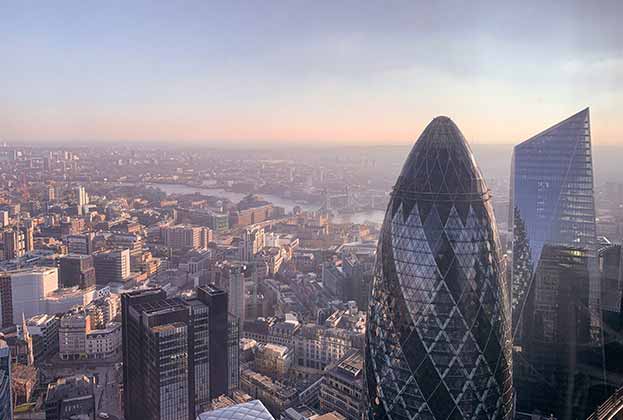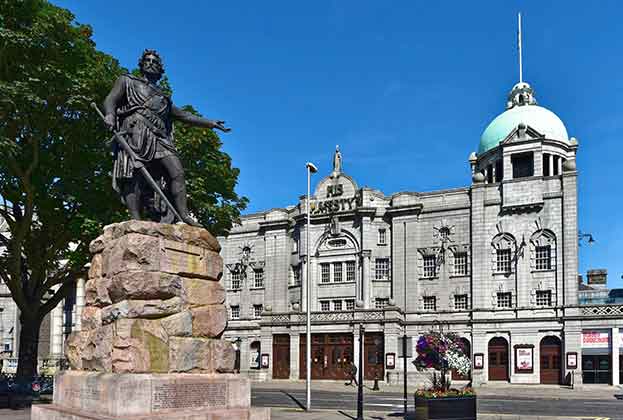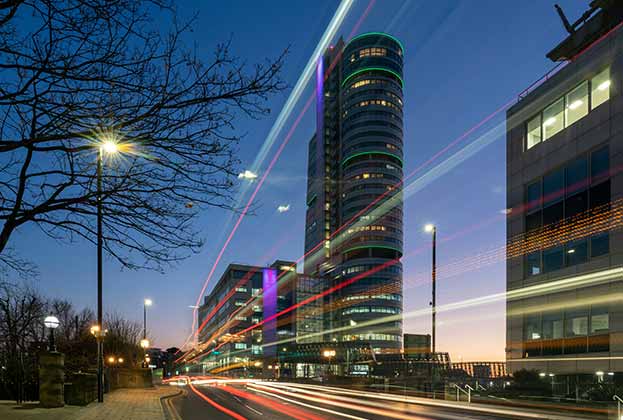Heritage has formed the cornerstone of many regional regenerations over the years, bringing a sense of authenticity and uniqueness to a particular place as it undergoes significant change.
Each region has its own heritage tale to tell, but in Manchester nowhere is this more prominent than the Northern Quarter, which has seen monumental change over the last decade. Situated between Piccadilly and Ancoats, the Northern Quarter has retained a particularly unique character and charm while undergoing the major redevelopment of its historic cotton mills.
Arguably one of the more quirky areas of Manchester, the Northern Quarter is a place that breeds creativity and while its days of cotton mills and warehouses are long behind us, it has now earned itself an enviable reputation as a leading location for creative industries.
The National Lottery Heritage Fund found that the greater the density of cultural and heritage assets in an area, the better the performance of creative industries, leading to a higher clustering of these types of occupiers.
With creative industries being one of fastest growing sectors in the Manchester economy over the past decade, generating gross value added (GVA) of £3.8 billion annually, heritage sites can be seen as a welcome addition to modern office supply.
It is therefore perhaps unsurprising that the Northern Quarter has attracted a high number of businesses in the tech, creative and digital spheres. We have also seen the creation of many co-working spaces in the area including Clockwork, which offers flexible workspace and meeting rooms charged by the minute so occupiers only pay for the time they really need.
This desirability for converted heritage sites has been reflected in office market rental growth over the last 10 years, with the Northern Quarter seeing an increase of 250 per cent in top rents, compared with 28 per cent for the city core.
Examples include Waulk Mill, which has gone from £12.50 per sq ft to £21 per sq ft, and 18 Hilton Street and 31 Dale Street, which have both seen increases from £8 per sq ft to £20 per sq ft respectively. Additionally, 35 Dale Steet offers best in class character space under the same ownership as Fourways (pictured) also in the Northern Quarter, which achieved a record rent for Cat A space of £28 per sq ft.
The Hive, a pioneering building providing speculative office space aimed at the creative industries, has also seen rental growth from £17.50 per sq ft to £26 per sq ft, despite being a new build.
As the desirability of the area increases, the closing gap between city core rents and Northern Quarter rents has been particularly noticeable. There was a 72 per cent gap between top rents in 2011 with the first half of 2022 seeing a much smaller gap of 31 per cent.
.jpg)
-impact-the-office-sector(1).jpg)

.jpg)






